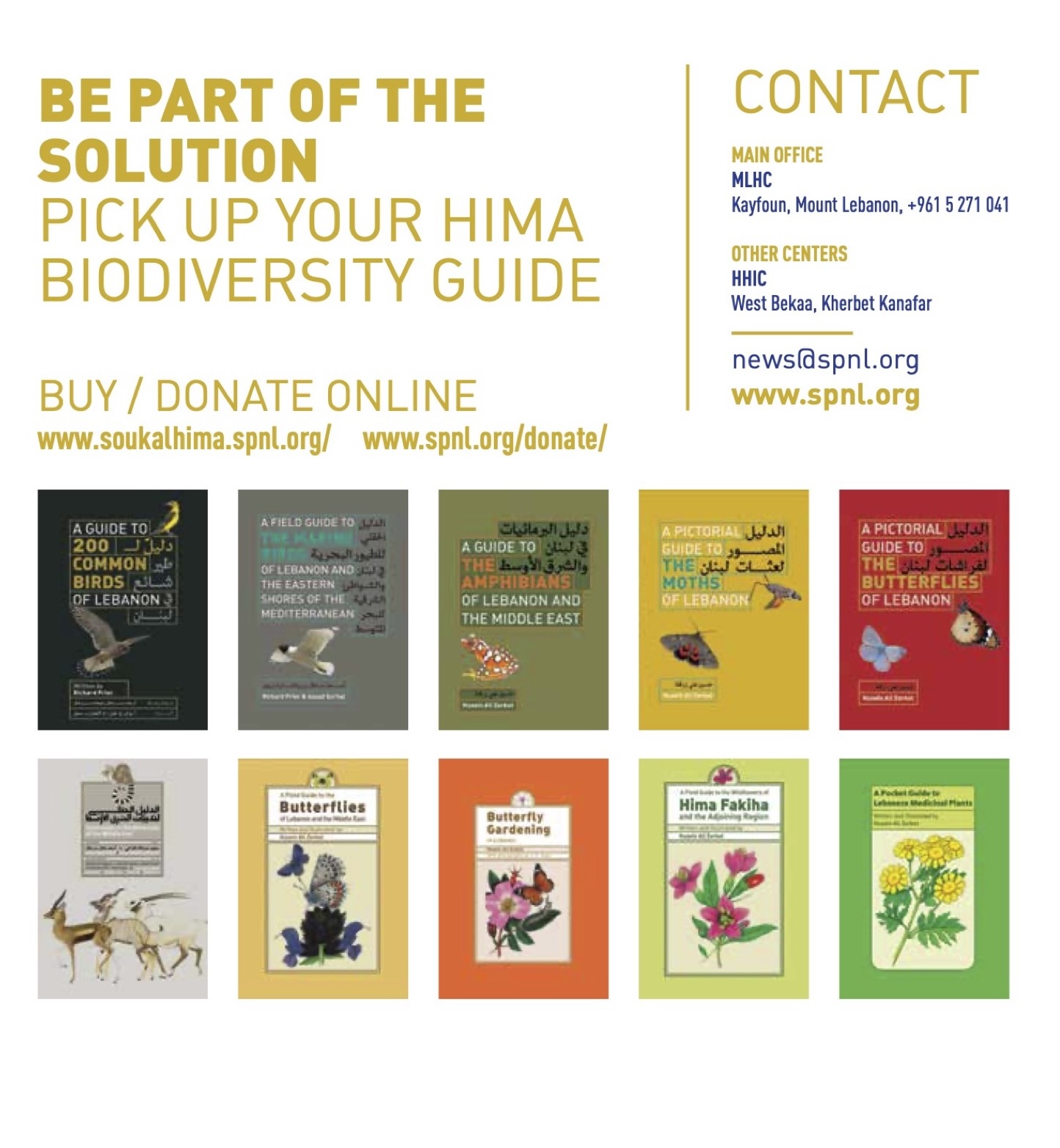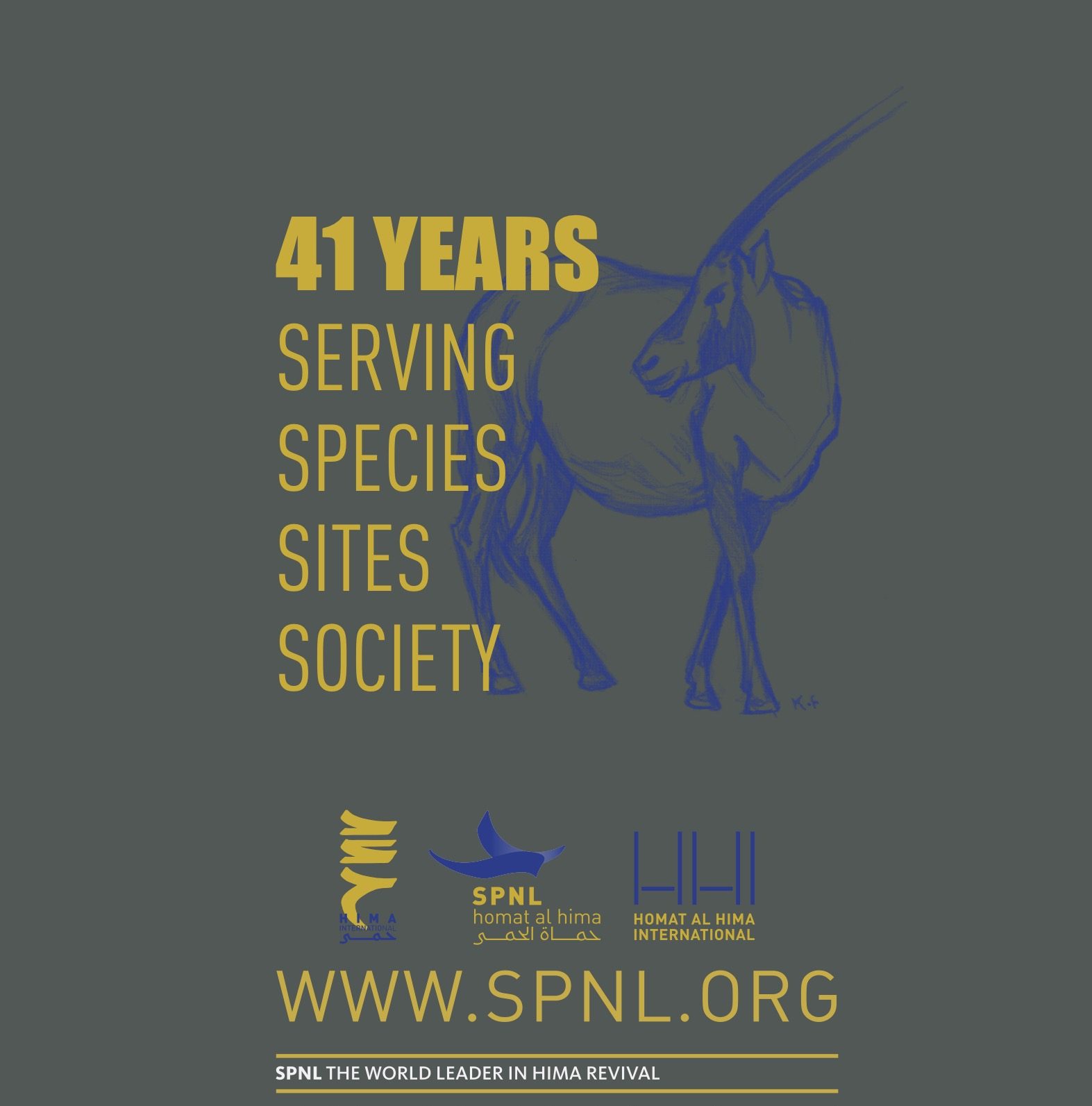By Jamal Hamzeh, Project Manager
The Mediterranean diet is considered by UNESCO as one “Intangible Cultural Heritage of Humanity” identifying several Mediterranean countries. Lebanon is one of those countries, which is well known for its healthy and rich culinary heritage, especially in what relates to medicinal and wild edible plants.

Wild edible plants play a significant role in securing food diversity, improving health, sustaining biodiversity in the ecosystem, and expanding economic opportunities. However, this cultural practice is disappearing with time due to over-harvesting and decline in the indigenous knowledge concerning the harvesting of those plants, cultivation, use, consumption, and perceived medical properties.

As part of MAVA funded project “Strengthening the ecological and socio-economic resilience of West Bekaa and Mount Lebanon landscapes through sustaining their cultural practices”, SPNL conducted four days capacity building training in the months of June and July 2021 in each of Kherbet Kanafar, Hammana, and Kayfoun Hima sites targeting three municipalities/villages in West Bekaa, eight municipalities/villages in Higher Matn region, and five municipalities/villages in Aley region.

The series of training was attended by more than 65 women and municipal members, targeting:
i) the most important medicinal and wild edible plants in Lebanon, their uses and benefits on health, economy, and biodiversity;
ii) the sustainable harvesting of those wild plants including their post harvesting,
iii) hygiene and food safety guidelines in food production;
iv) production of two new cultural-based products to be promoted and marketed, namely thyme (Zaatar) and herbal infusion (Zhourat).

At the end of the training, a total of 25 wild plants of 11 different types were distributed to each of the participating women as incentive/support for local production and economic diversification, and as a strategy to decrease the threat of over-exploitation.










